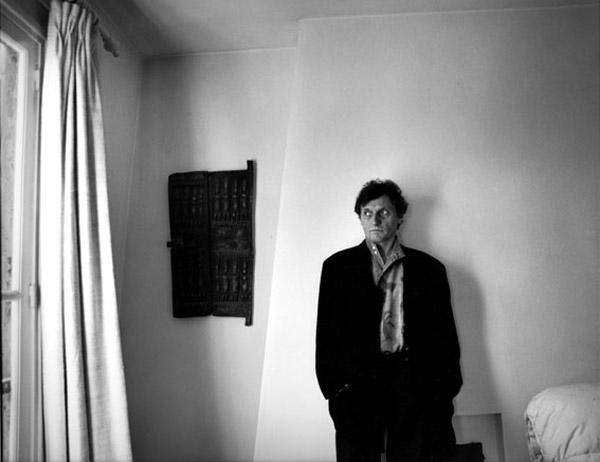
Come hear Talea play Grisey’s Talea this Friday April 20th at the DiMenna Center! Talea friend and wonderful music journalist, Bruce Hodges, shares his insight on listening to this spectral masterpiece and Talea’s namesake.
In Latin, “talea” means “cutting,” and in Gérard Grisey’s Talea, an initial idea is gradually excised—elements removed and others taking their place. In two parts played without pause, the work is intended to—in the composer’s words—“express two aspects or, more precisely, two auditory angles of a single phenomenon.” But his concise description feels inadequate to describe the experience of hearing the score.
Talea’s power comes from its examination and illumination of an overtone cycle, a phenomenon integral to Grisey’s output (and spectral music in general). Somehow when one hears the ensemble (flute, clarinet, violin, cello and piano) illuminating Grisey’s argument, it feels like being exposed to one of life’s basic building blocks—like grasping at DNA and holding it in your hands.
The five players alternate between moments of great ferocity (especially in the piano), and those of eerie quietude—at times almost as if everything has been shut down completely; at others, sounds emerge like soft groans from the earth itself. The timbres float, hover, barge into your brain, recede, reform themselves, take you hostage. As the scurrying of the first part calms down in the second, the waters reform, interrupted by various phenomena, until a kind of miraculous climax occurs near the end. Bit by bit, the violinist states the overtone scale with a thrilling baldness—as if everything previously had been building toward this moment—before the violinist repeats the scale again, and this time the sequence is abruptly cut off.
-Bruce Hodges
